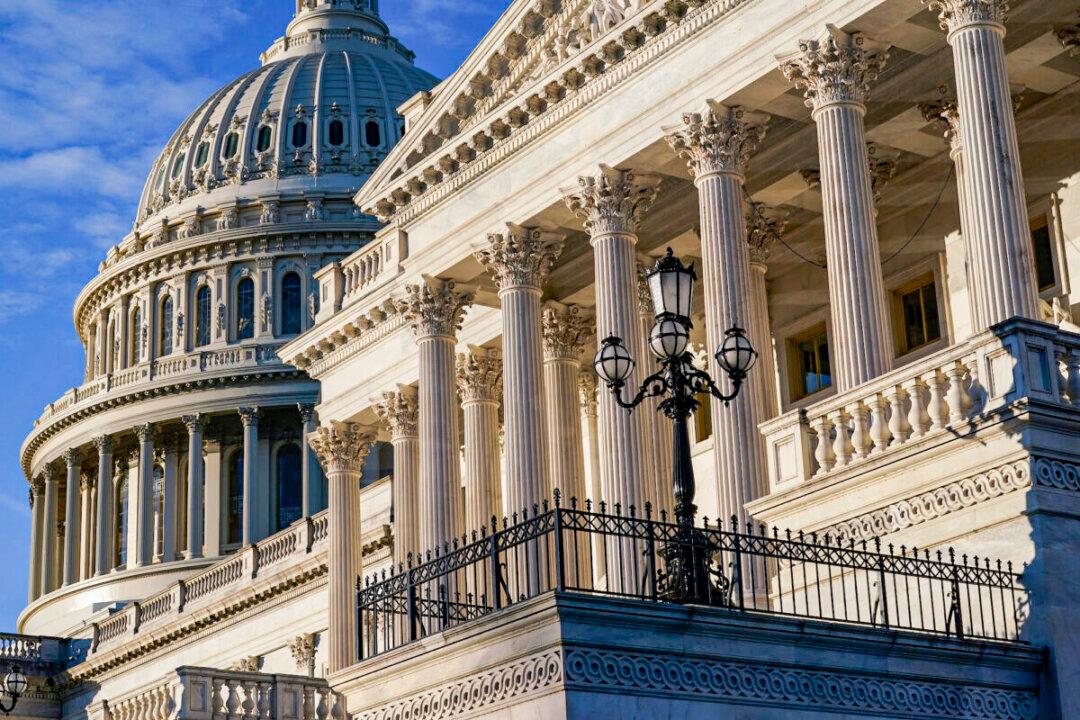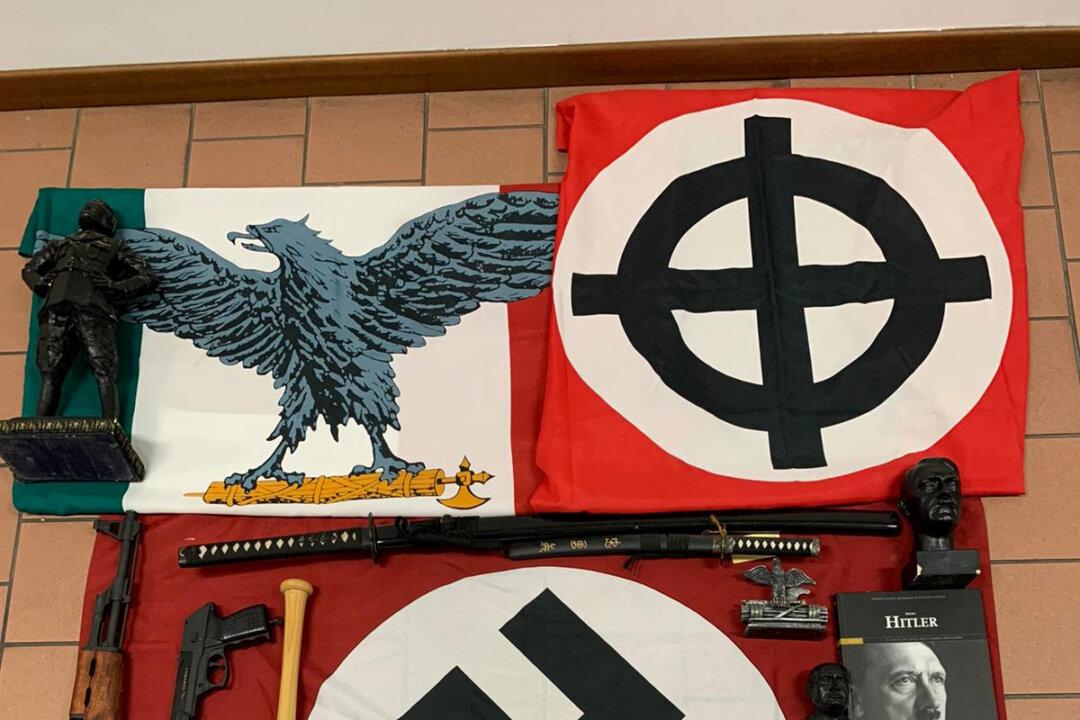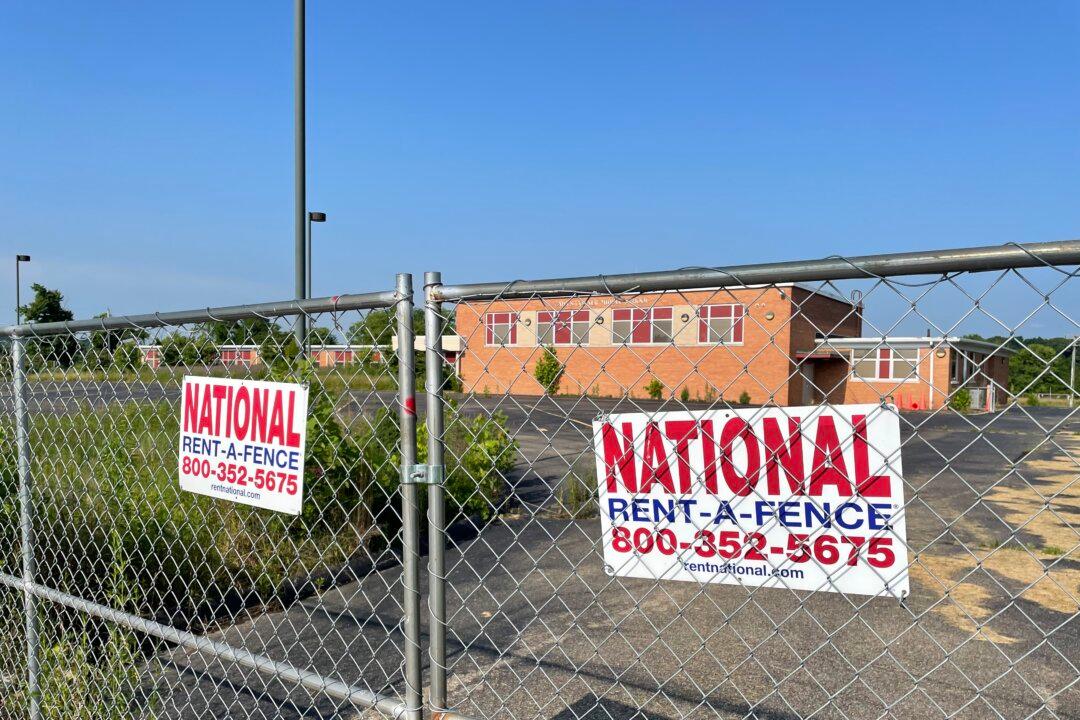House Homeland Security Committee members were told at a Feb. 2 hearing that right-wing violent extremism represents the greatest terrorism threat to the country.
The evidence presented? A study that tracked terrorism plots and attacks in the United States from January 1994 to May 2020—the month left-wing violence began erupting around the country in response to the murder of George Floyd.




